This table shows interesting pictorial qualities and stylistically we can deduce that it was produced between the last quarter of the sixteenth century and the first of the seventeenth century in the Flemish area, more precisely it is likely to have been executed by a painter belonging to the flourishing school of Antwerp. Since the second half of the 16th century, the largest commercial port in Northern Europe has been in full economic and artistic development and counted numerous and important masters. Among these, an important contribution to the updating of sixteenth-century Flemish painting was given by Jan Matsys (Antwerp 1510-1575), a member of a dynasty of excellent painters, who first studied Mannerism in Italy between Florence and Rome and then at Fountainbleau, importing such knowledge in Flanders and which gradually spread throughout the various Flemish art schools throughout the second half of the century. Another important master with similar vicissitudes was Frans Floris (Antwerp 1517-1570), who in love with Italian painting seen in Rome and Venice, on his return to the Nordic region opened a studio with more than 100 students, following in his teachings the canons of Italian models. It is precisely to this large workshop that we find important assonances both from an iconographic and figurative point of view, but also in the particularly enamelled way of coloring.
The painting evokes a certain attention to detail, for example in the flesh tones of the characters, or in the iridescent reflections of light that break into the rhythms of the draperies of luxurious fabrics. Typical of this artistic production is the presence in the scene of the small still life of fruit, placed on a tray and of exquisite workmanship.
The painting is in perfect condition and does not need any restoration.
As can be seen, the table shows the classic horizontal cracking of the Flemish tables of the period which helps us to understand that the table is ancient and original.
Dimensions of the table 65cm x 50cm with frame 79cm x 68cm.
The sale will be accompanied by a certificate of historical authenticity in accordance with the law from our antiquarian gallery.


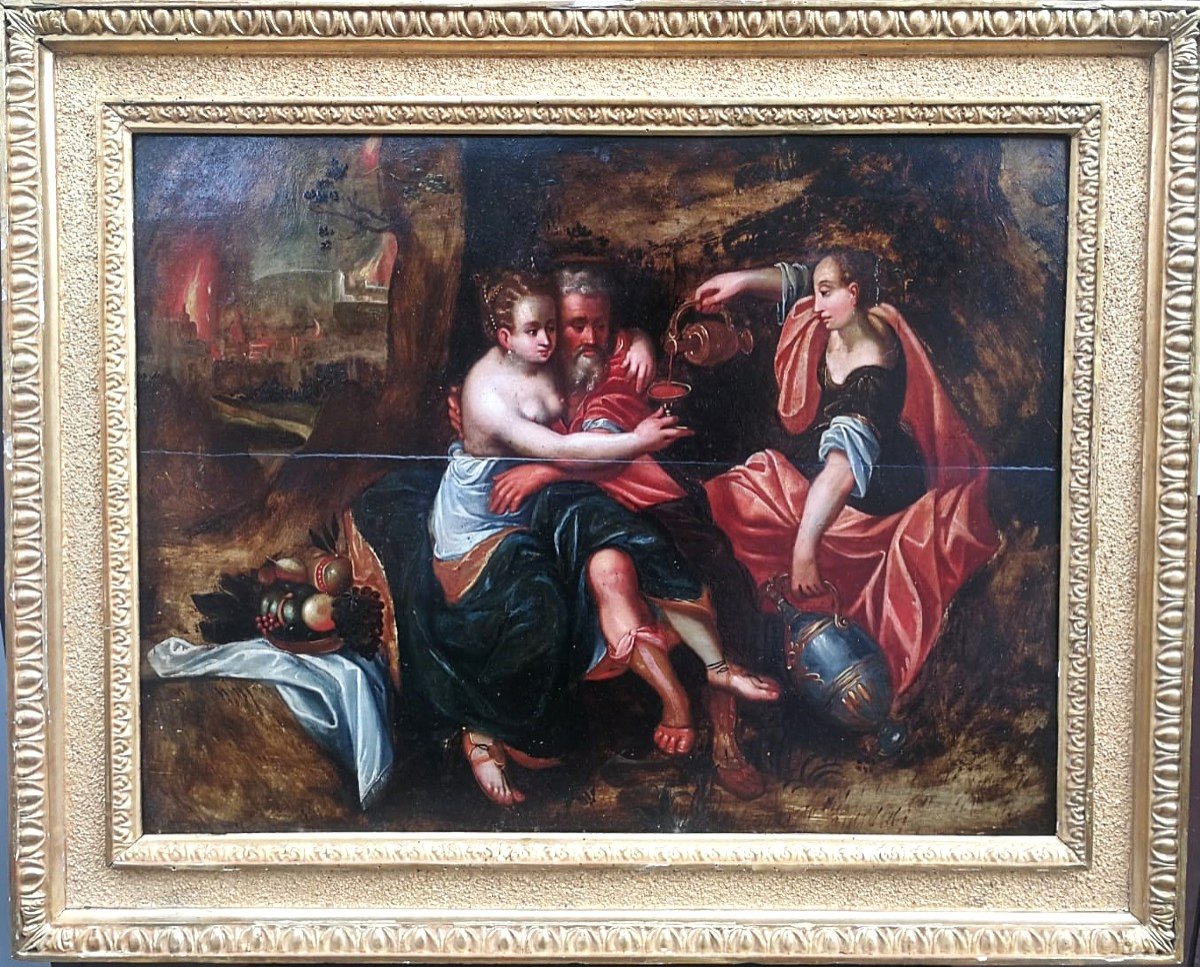
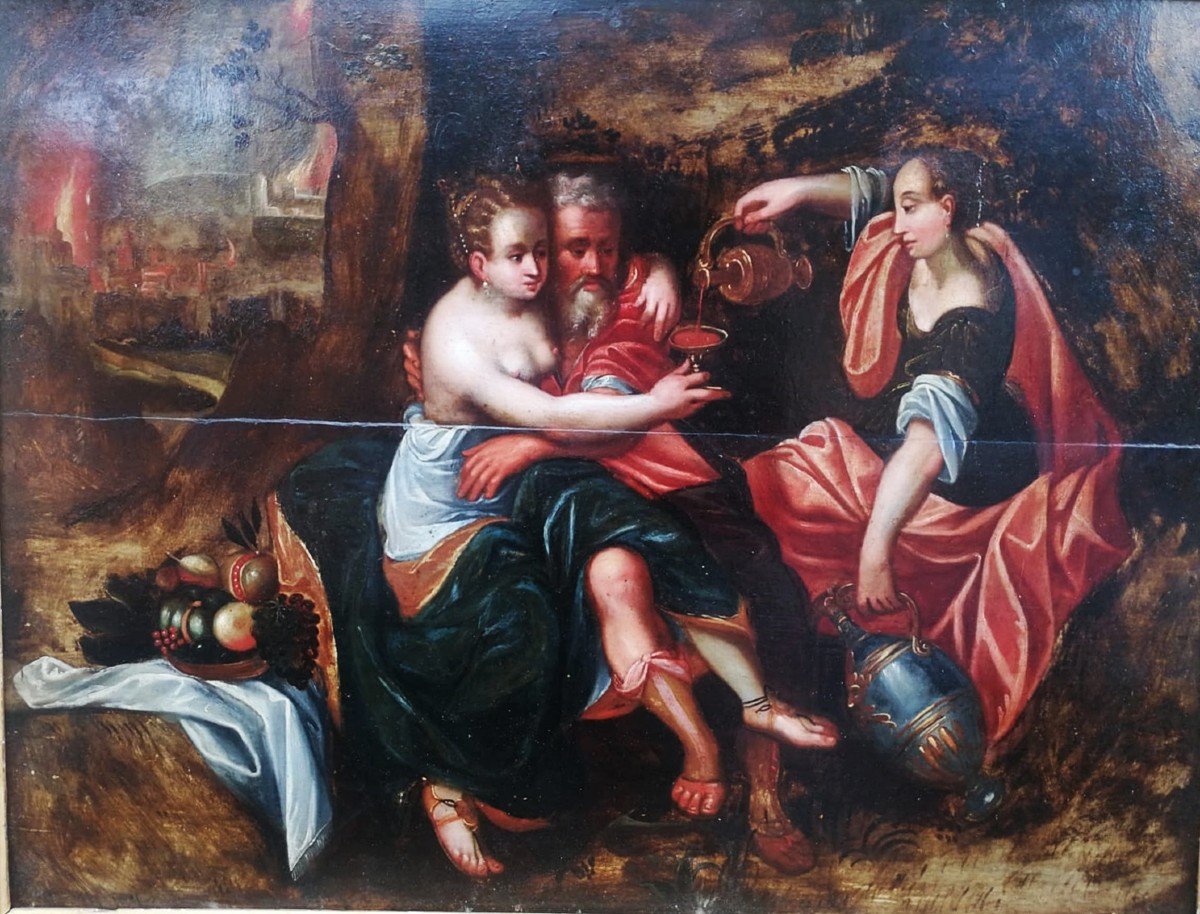
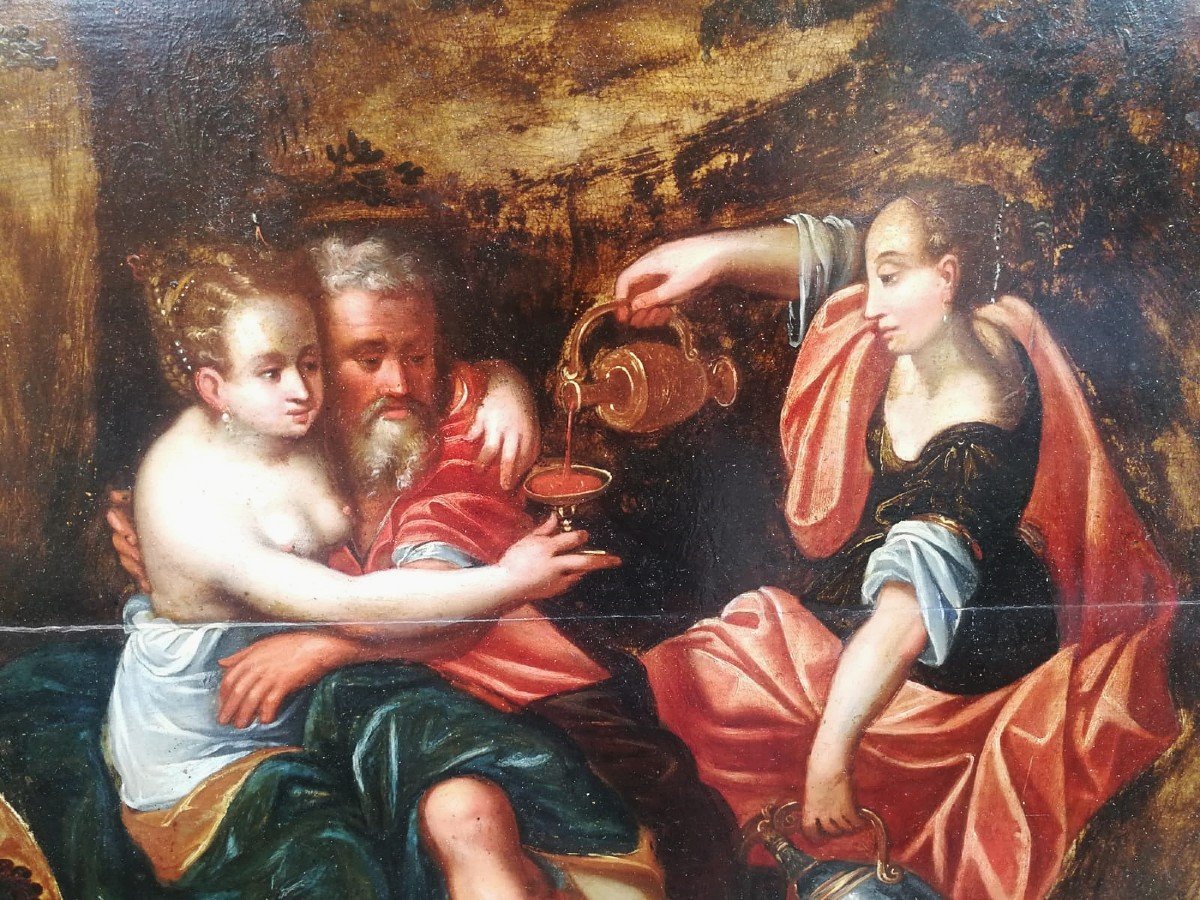
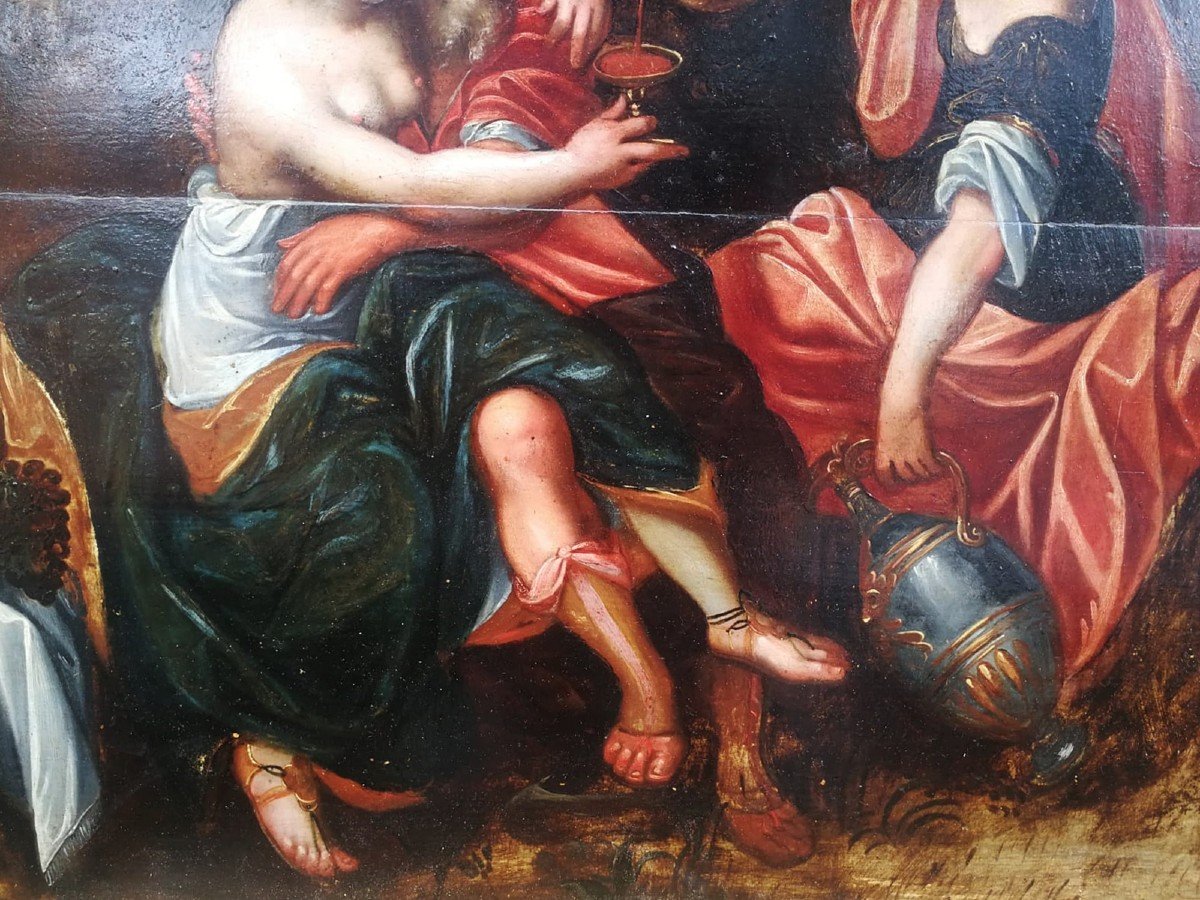
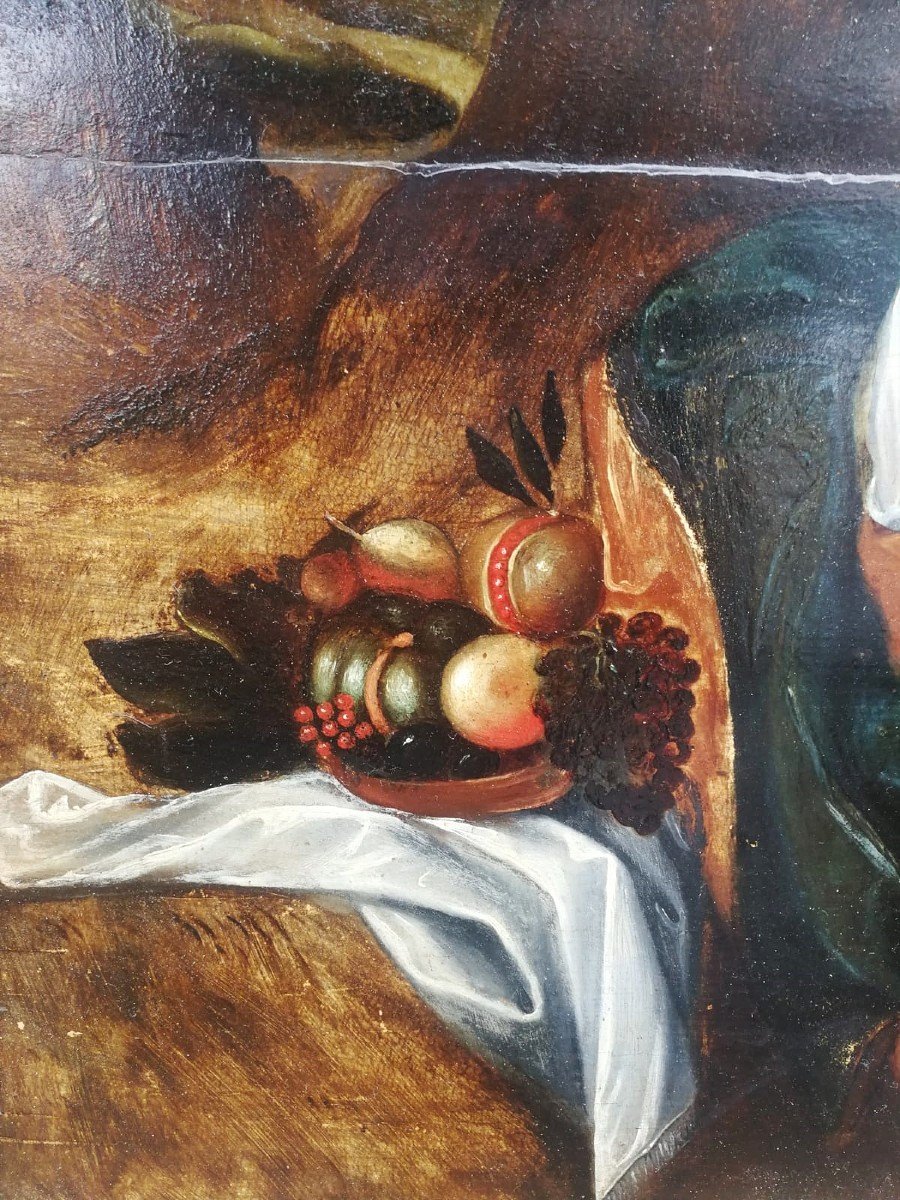
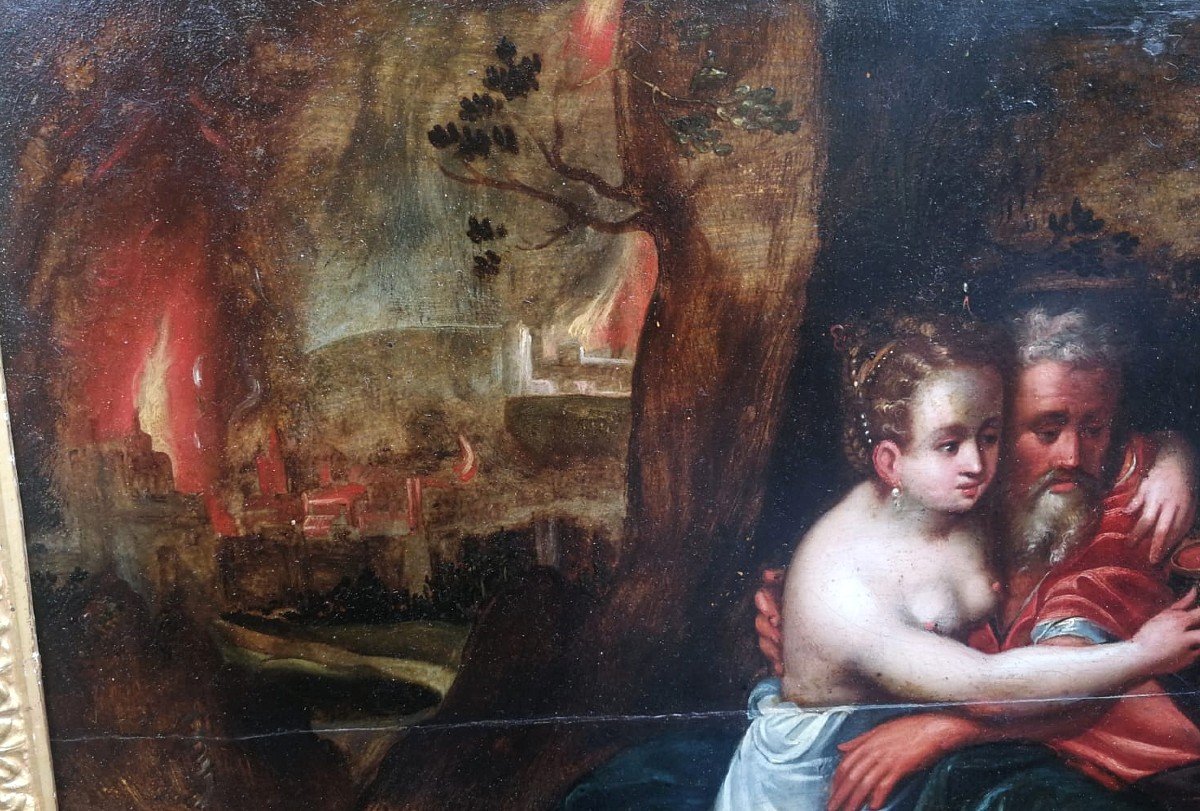
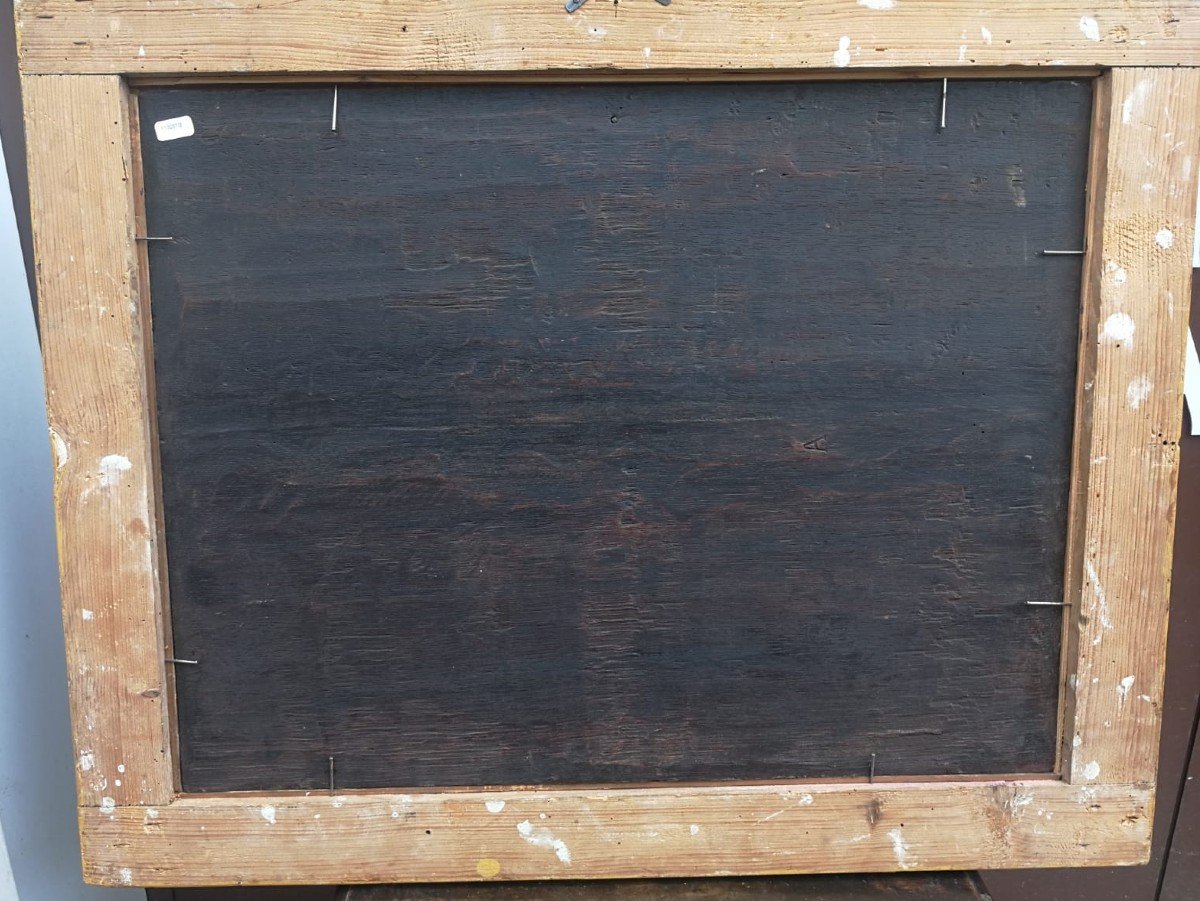










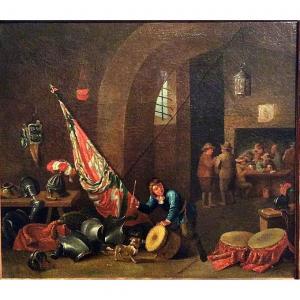



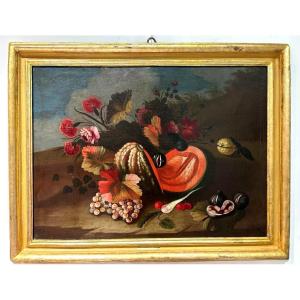
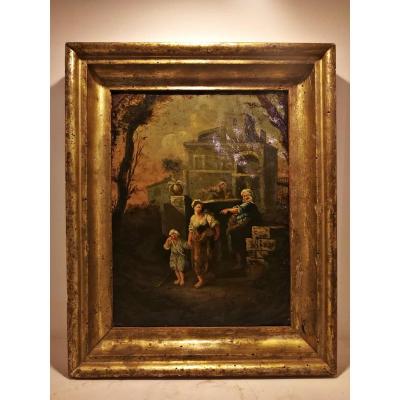
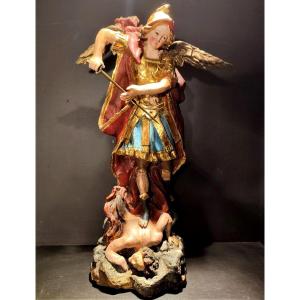

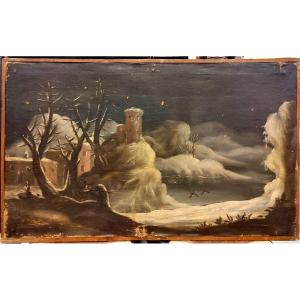







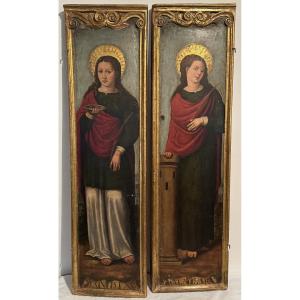




 Le Magazine de PROANTIC
Le Magazine de PROANTIC TRÉSORS Magazine
TRÉSORS Magazine Rivista Artiquariato
Rivista Artiquariato